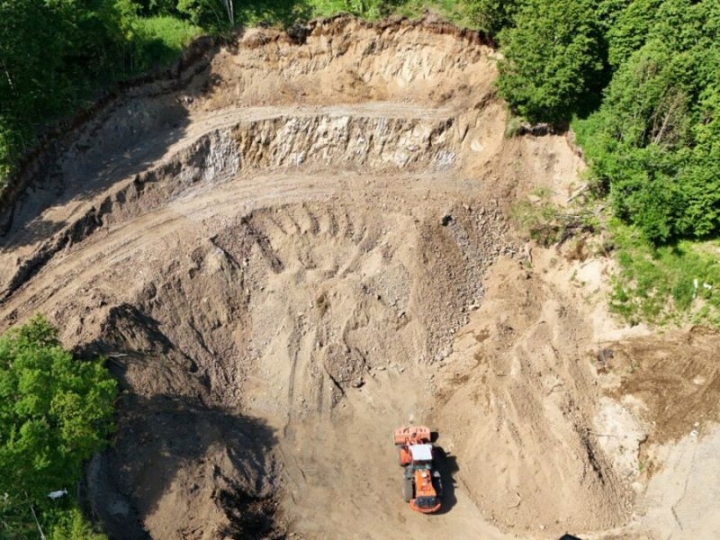
A court in Petropavlovsk-Kamchatsky, the administrative center of Russia’s remote and ecologically vital Kamchatka Krai, has imposed a significant fine of 5.7 million rubles (approximately $62,000 USD at current exchange rates) on a legal entity for the illicit extraction and transportation of rock materials. This ruling underscores local authorities’ commitment to enforcing resource management laws in a region renowned for its pristine natural landscapes and unique biodiversity, sending a clear signal against environmental transgressions.
The investigation commenced last August following reports received by the regional Ministry of Natural Resources and Environment concerning the unauthorized removal of soil and rock materials from a quarry situated near Gastello Street within the city limits. Specialists from the ministry promptly initiated proceedings, conducting comprehensive site examinations to assess the scale of the violation and monitor the safety conditions of the affected mining areas.
Despite ongoing oversight and the clear presence of regulatory bodies, the perpetrator reportedly persisted with their illegal operations, continuing to extract and transport materials from the quarry. This persistence necessitated a thorough assessment by environmental experts, who meticulously determined the total area of disturbed land and quantified the volume of illegally extracted minerals. Based on these findings, a detailed and justified calculation of the environmental and economic damage was presented.
Consequently, the legal entity was held administratively liable for utilizing subsurface resources without the requisite state license. The Petropavlovsk-Kamchatsky court’s verdict mandates the restitution of the incurred damages, amounting to 5.7 million rubles. While the decision is not yet final and remains subject to appeal, it highlights the stringent enforcement of environmental and resource laws in Russia’s Far East, aiming to deter similar illicit activities that threaten the region’s invaluable natural heritage and economic stability.